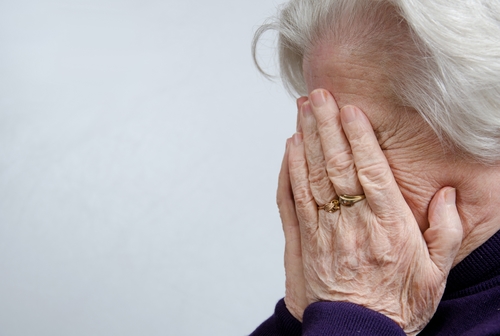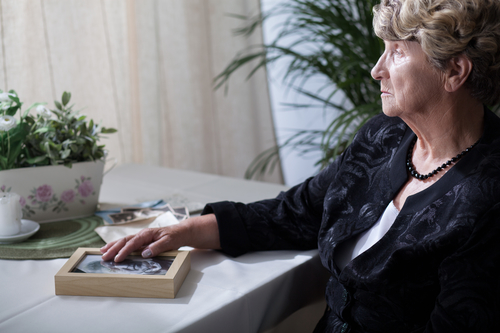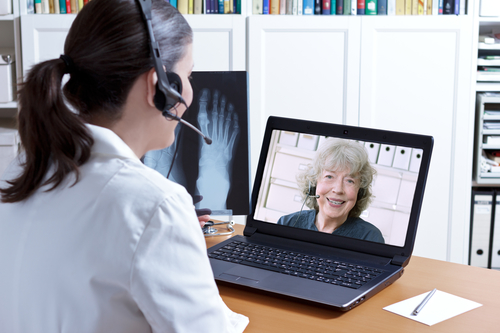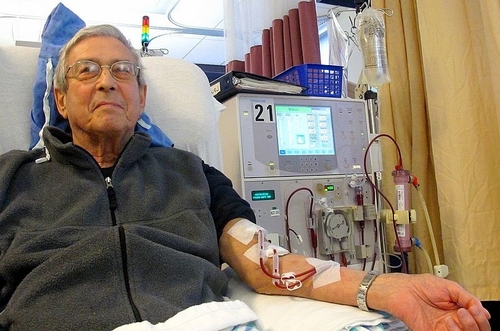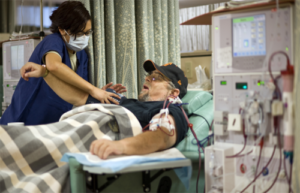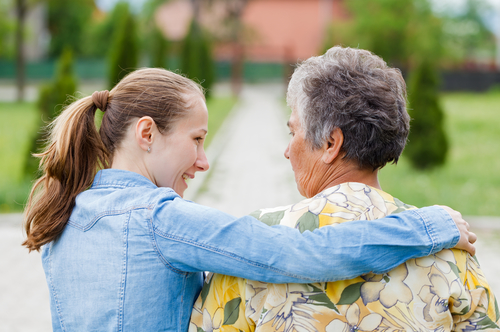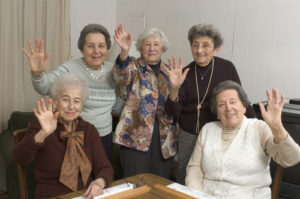
Loneliness sneaks up on people who are in the later parts of their lives. It makes sense. Friends may have passed away or moved to be closer to their families. It’s easy to feel alone. Here are 7 ways to find love later in life, and maybe you can feel a little less lonely.
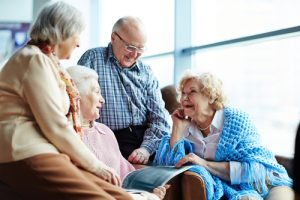
7 Ways to Find Love Later in Life
Loneliness can damage your health in surprising ways. It can be hard to start over finding friends after not needing to for so long. Try these 7 tips to make it easier.
1. Change Your Mindset
Without realizing it, we become set in our ways. These old ways can get in your way when trying to make new connections.
Hopefully, because you are older, you are more confident in yourself. You have no shame about the things you like. By following those likes, you may find new friends.
2. Realize No One is Perfect
You may have accepted your flaws, but what about others? It’s easy to have subconscious expectations of what you are looking in another person.
These standards may make finding new love especially hard.
You don’t want people to expect you to be perfect, right?
3. Don’t Let Others Define You
When you were younger, it was easy to let other people sway you. Whether that was what you wore, what you liked, and even who you talked to. It’s a hard part of growing up.
As mentioned before, hopefully, you are more confident now that you are older.
When trying to find new love, whether romantic or friendship, remember to stay true to yourself.
4. Embrace Faults
Faults don’t always equal a bad thing. Instead, they could just be an odd quirk. Other people’s quirks can make your life a lot more interesting than if they were perfect.
5. Love Differences
There is nothing wrong with people being different from you. People who have different opinions may infuriate you sometimes, but you never know, they may teach you something.
6. See Your Goals
Staying positive will help you find a community. If you can picture making a new friend or new romance, then it’s more likely it will happen.
Send good vibes out into the world.
7. Stay Open
You never know what is going to happen. If you have a closed mind, then you narrow your chances at new opportunities.
Read more here.


